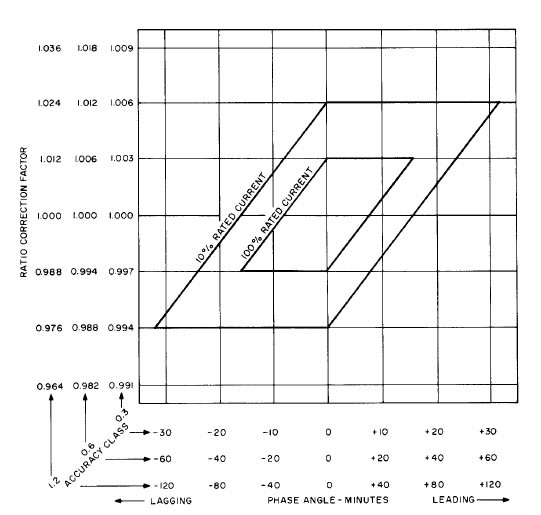Hello,
In my plant there is a 34.5 kV feeder that supply very far but light load (current parameters at supply feeder: V = 34 kV, I= 21 A , PF= 0.06). The feeder use C100 CT's ( multi-tap CT 100/5) and ION 7300 to measure the load.
I found out that whenever the load was disconnected, PF reading was changing in range of 0.02 - 0.07. While the amperage and voltage is relatively same. I've conform the load side that there was no load changing during that time.
I am suspecting the CT error due to Relaying Accuracy CT that used to measure very low PF load, but I can't find any reference to prove my point.
Is there any standard or reference about C100 accuracy to measure low PF load?
I found this graphic at IEEE Std C57.13-1993, but I think it for Metering accuracy CT

Thanks in advance,
Angga
In my plant there is a 34.5 kV feeder that supply very far but light load (current parameters at supply feeder: V = 34 kV, I= 21 A , PF= 0.06). The feeder use C100 CT's ( multi-tap CT 100/5) and ION 7300 to measure the load.
I found out that whenever the load was disconnected, PF reading was changing in range of 0.02 - 0.07. While the amperage and voltage is relatively same. I've conform the load side that there was no load changing during that time.
I am suspecting the CT error due to Relaying Accuracy CT that used to measure very low PF load, but I can't find any reference to prove my point.
Is there any standard or reference about C100 accuracy to measure low PF load?
I found this graphic at IEEE Std C57.13-1993, but I think it for Metering accuracy CT

Thanks in advance,
Angga
